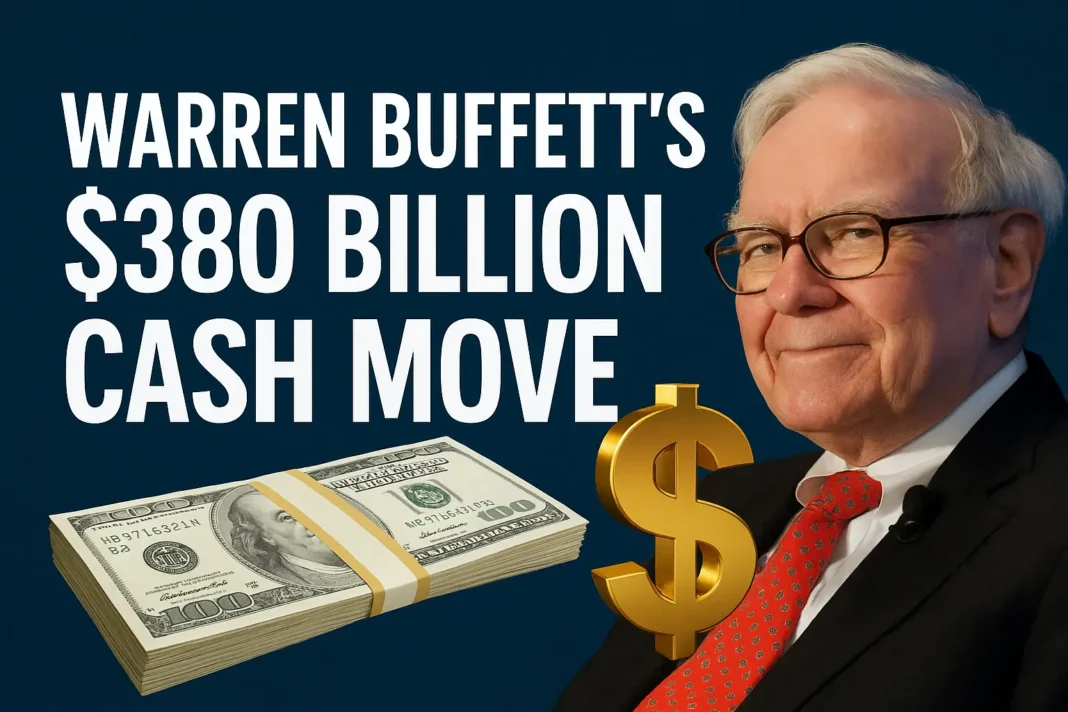Introduction

Ever feel like you’re chasing financial news only for it to pull the rug out from under you? One day, gold is skyrocketing and dominating the headlines. The next, experts are hinting it may have reached its peak for the year. Yet, behind the scenes, the world’s smart money—experienced investors with deep insights and even deeper pockets—continue to invest heavily in gold. Their reasons? Surprisingly practical and deeply relevant.
The Hidden Logic Behind Gold’s Ongoing Appeal
While mainstream reports suggest gold’s rally has cooled, seasoned investors aren’t selling. Instead, they’re quietly accumulating more. Why? Because for them, gold isn’t a quick-profit play—it’s a long-term hedge against the unpredictable waves of the global economy.
Understanding the “Structural Problems”
Our world economy isn’t just facing short-term challenges; it’s grappling with deep, structural cracks. Imagine a house built on a shaky foundation—it might look stable now, but small tremors can cause major problems later. These structural issues include rising government debt, persistent inflation fears, and growing geopolitical instability.
1. Rising Debt and Fiscal Deficits
Governments worldwide, including the U.S., continue to spend far more than they earn. This ballooning debt raises fears of inflation and weakens trust in paper currencies. When faith in money declines, tangible assets like gold tend to shine brightest. After all, gold’s value isn’t tied to political promises or central bank policies—it’s real, physical wealth.
2. Global Geopolitical Uncertainty
From wars to trade conflicts and shifting political alliances, global tensions are at an all-time high. In uncertain times, investors naturally seek stability. Gold has been that universal anchor for centuries—a timeless store of value that transcends borders and political turmoil.
Gold as an Economic Insurance Policy
When seasoned investors buy gold after a supposed “peak,” they’re not speculating—they’re protecting. Gold serves as a form of financial insurance, offering stability when currencies fluctuate, markets dip, or inflation erodes purchasing power. It’s a hedge, not a gamble.
Think of It Like This
Buying gold is like keeping a fire extinguisher at home. You hope you never need it—but when things go wrong, you’ll be glad it’s there.
What This Means for Everyday Investors
You don’t need to be a Wall Street veteran to grasp this logic. Diversification is key to a healthy portfolio. Including a small percentage of gold can help balance your investments—especially when traditional assets like stocks and bonds face volatility.
Building a Resilient Portfolio
The “smart money” approach is about long-term resilience, not short-term wins. Whether through physical gold, ETFs, or mining stocks, adding a touch of gold to your investment mix can strengthen your financial safety net.
The Long-Term Perspective
The goal isn’t to chase gold’s next price surge but to build lasting financial security. As economies adjust to debt, inflation, and instability, gold remains one of the few assets that consistently protects wealth.
Conclusion
While news cycles may come and go, the fundamentals of wealth preservation remain constant. Gold’s value isn’t just in its price—it’s in its reliability. The world’s smartest investors understand this truth, and maybe it’s time for the rest of us to follow their lead. Think of gold not as a sprint toward profit, but as a marathon toward stability.
FAQs
1. Why do investors buy gold even when prices are high?
Because gold acts as a hedge against inflation, currency weakness, and global uncertainty—making it valuable beyond short-term market moves.
2. Is gold a good long-term investment?
Yes, historically, gold has preserved wealth through economic downturns, inflation, and currency crises.
3. Should beginners invest in physical gold or ETFs?
ETFs offer convenience and liquidity, while physical gold provides tangible security. A mix of both can be ideal.
4. Can gold protect against inflation?
Absolutely. Gold tends to rise in value when inflation erodes the purchasing power of paper money.
5. How much of my portfolio should be in gold?
Most experts suggest allocating around 5–10% of your portfolio to gold, depending on your risk tolerance.







